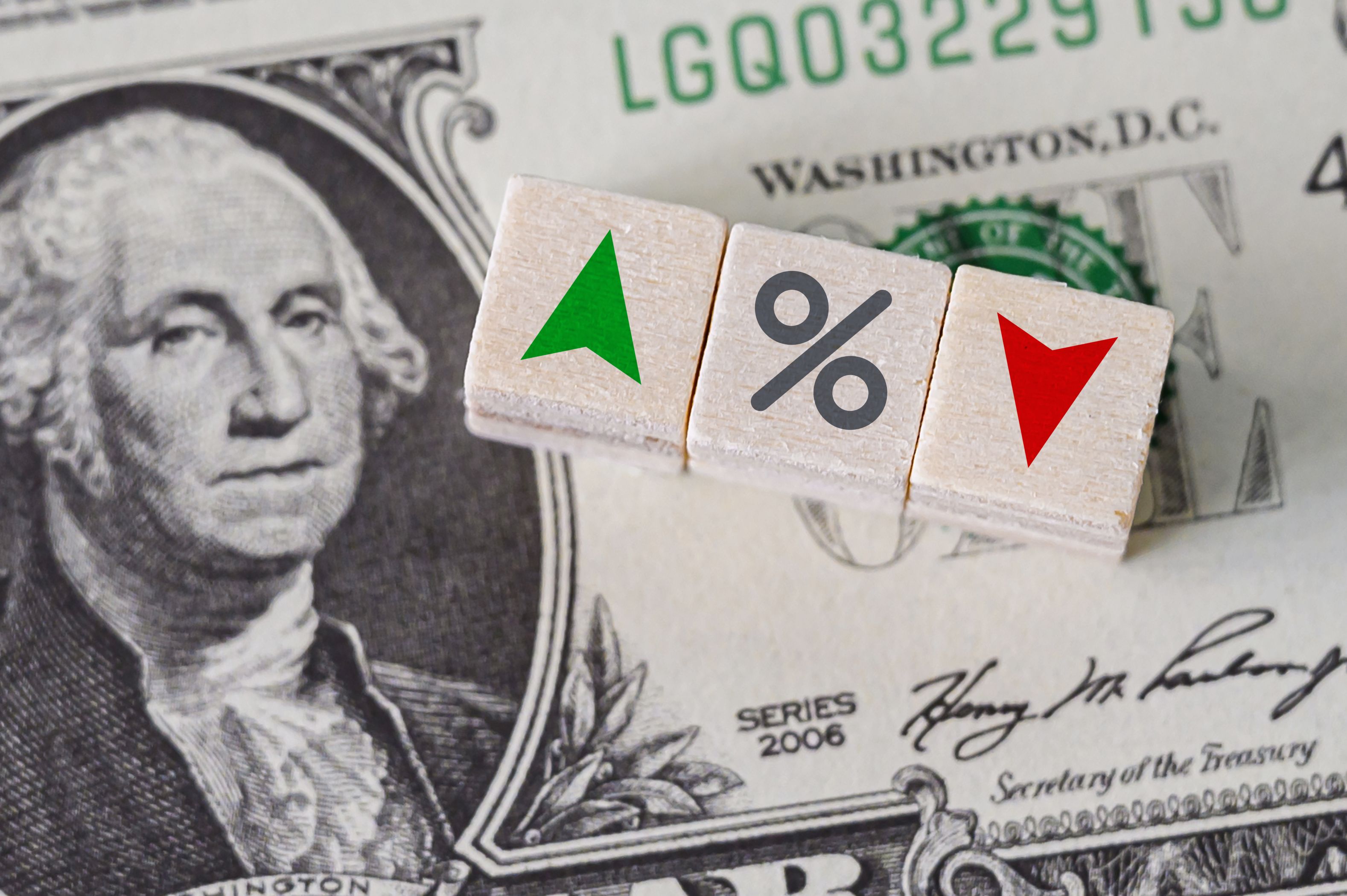During times of financial stress, my mantra for investors is to keep a long‑term orientation and remain grounded in the fundamentals. That’s been difficult to do during the coronavirus pandemic as the short‑term dynamics are changing rapidly and there are so many unknowns. I still believe my philosophy is valid, but I would modify it to focus on what the fundamentals should look like on the other side of the crisis, and understand the costs to get there.
We are not facing a typical economic slowdown or risk‑off environment. We are in uncharted territory. Recession seems imminent (and is the consensus forecast), with Goldman Sachs economists currently predicting a 24% quarter‑to‑quarter annualized contraction in U.S. gross domestic product (GDP) in the second quarter. The worst quarter during the global financial crisis was an 8.4% decline.
Some observers are even discussing the potential for a depression. However, my view is that a depression (i.e., a prolonged downturn outside of the cadence of a normal business cycle, typically precipitated by policy errors) remains unlikely because of the likelihood of the finite life of the virus and the significant magnitude of the monetary and fiscal policy response.
The US Federal Reserve (the Fed) has announced a sweeping set of programmes to support credit markets, including unlimited purchases of Treasuries and mortgage‑backed securities, and direct lending to corporations, small businesses, and municipalities hard hit by the crisis. The European Central Bank also is taking meaningful action, though belatedly, in my view. At this point, all of the world’s central banks seem to be responding to the crisis. The Fed’s action is a forceful response that should provide some much-needed liquidity to the bond markets.
The fiscal response
We believe the fiscal stimulus ultimately approved by the US Congress and the Trump administration will be meaningfully larger than the stimulus package passed during the global financial crisis in 2008–2009 (about US$800 billion). I think a bill is likely to pass relatively soon, but there no doubt will be some anxiety as it works its way through the political process. I would view it as a significant positive if the legislation provides targeted support for travel‑related and other directly impacted industries, including airlines, lodging, cruise lines, and restaurants, among others.
More relief may be in order if the crisis goes on beyond the next few months. However, the current aid package would constitute a significant fiscal boost. For context, US gross domestic product (GDP) was US$21.4 trillion in 2019, and the government budget deficit was about US$1.6 trillion. Estimates suggest that the industries that are being shut down by the crisis make up at least 10% of US GDP.
The main question everyone is asking now is how long we will be required to implement meaningful social distancing and keep entire industries shut down in order to flatten the curve of viral infections and ensure that our health care system can adequately care for those that do contract Covid‑19, the disease caused by the coronavirus. Scott Gottlieb, former commissioner of the US Food and Drug Administration, has estimated that cases will grow into late April and that we won’t see a real break in transmission until well into the summer of 2020.
In terms of the duration of the crisis, there are downside risks that investors need to monitor. These include the potential for a second wave of the pandemic in parts of Asia and for financial or political stress in Europe. On the other hand, potential upside possibilities include advancements in drug treatments to address severe cases or to protect the highest‑risk parts of the population and more rapid progress toward developing an effective vaccine.
It is clear that the data on the coronavirus pandemic are going to get worse in the near term. The number of confirmed cases will grow very rapidly as we test more individuals, and the number of reported deaths will escalate. Many more jurisdictions will implement strict shelter-in-place rules. Unemployment claims will spike (tens of millions of people work in industries that are directly impacted by the pandemic), economic statistics will crater, and companies will retract earnings guidance and suspend dividends.
However, while we are acutely cognizant of these short‑term risks, I and other senior investment leaders and portfolio managers at T. Rowe Price firmly believe that, in time, the crisis conditions will ease and the markets will recover. That being the case, we already are starting to focus on the longer‑term outlook:
David Giroux, T. Rowe Price’s chief investment officer, equity and multi‑asset, recently estimated that the S&P 500 Index could fall to a range of 1,900 to 2,200 before the current bear market troughs. However, he and our asset allocation committee both have been adding to equity positions in a measured way. We have plenty of room to make additional moves.
Portfolio manager Rick de los Reyes recently argued that key historical measures suggest it may be time to add risk to portfolios. He cited the level of the Chicago Board Options Exchange’s Volatility Index, the magnitude of the drawdown since the market top in February, and the spike in credit spreads. All of these indicators would suggest that meaningful risk already is priced into asset valuations.
Justin Thomson, chief investment officer, equity, points out that it is difficult, if not impossible, to correctly time a market bottom. While asset prices could go lower from here, history suggests that there will be strong potential return opportunities for investors with sufficient long‑term horizons.
In our view, there is a potential upside scenario where we come out of a bear market by the summer of 2020 as pent‑up demand and stimulus drive a rapid acceleration in economic activity and earnings growth. In this scenario, the earnings growth rate in the fourth quarter could bring S&P 500 earnings per share up to US$160 on an annualized basis, potentially pushing the index back above 2,700. Having said that, we are obviously dealing with a very broad range of outcomes.
My own base case is that the market may bottom no later than when the number of reported coronavirus cases peaks and we get more clarity on the fiscal package. I believe both conditions could be met in the next four to six weeks. However, regardless of whichever scenario unfolds, I would offer the following points:
* Focus on whether companies are positioned to make it in the long term. This is about the cost of making it to the other side. This means looking carefully at liquidity profiles, maturity dates, balance sheets, and other data points. But this will be challenging in certain industries until we know more about the extent of the US government relief. The more staying power and flexibility firms have, the better. Raising capital now will be expensive.
* Don’t focus on where prices have been. There are many technical factors impacting stock prices now, so we think long‑term investors should pick their spots and take advantage of perceived opportunities and not waste energy beating themselves up for being early or late. In time, markets will sort out winners and losers, and investors need to try to anticipate those verdicts.
* Analyze potential scenarios other than your base case and identify the data points to watch. Even in areas where there are many unknowns, investors will need to be decisive as developments bring things into focus. As Louis Pasteur said, “Chance favours the prepared mind.”
Finally, we believe investors should think now about how economic and market behaviour might be altered once we move beyond the worst of the crisis. We believe economic conditions will improve and the health crisis will recede. We will return to some normalcy, but things won’t be exactly the same. The pandemic will certainly affect the calculus of the US elections, for example. Certain companies and industries will be fundamentally altered.
For investors with a long‑term orientation, this isn’t the time to let a psychology of fear dominate their decision‑making. We’ve faced challenging markets in the past and, in time, moved beyond them. We think this will be true again this time.
By grounding their decisions in fundamental research and thoughtful analysis, we believe investors can best position themselves to manage risk in the short term and to take advantage of attractive potential opportunities once we emerge from the immediate crisis.
Rob Sharps is head of investments and group, chief investment officer at T. Rowe Price.









